This post may contain affiliate links.
Eggshells are a great way to add nutrients to your garden. They have been used for centuries as part of the composting process. And they offer several benefits when added to the soil.
In this article, we will discuss how eggshells can be used in the garden, what eggshells do for plants, and which plants benefit most from eggshells.
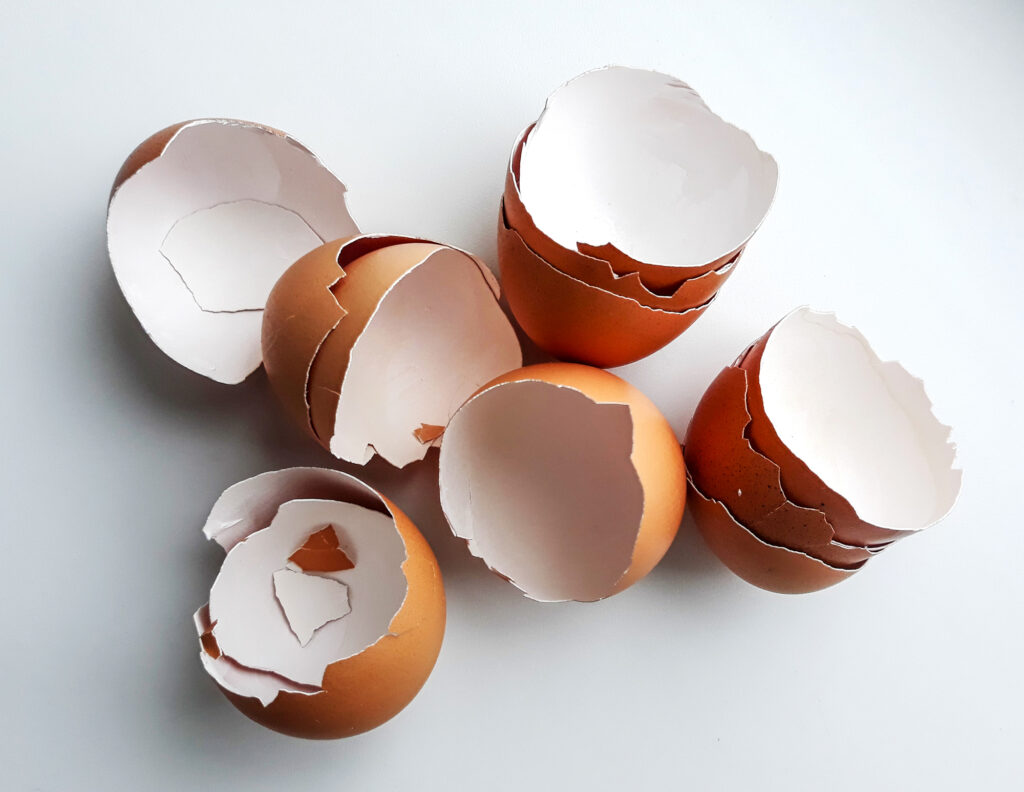
Four Ways to Use Eggshells in the Garden
There are four ways you can use eggshells in your garden. Here’s how:
1. Add Eggshells to Compost
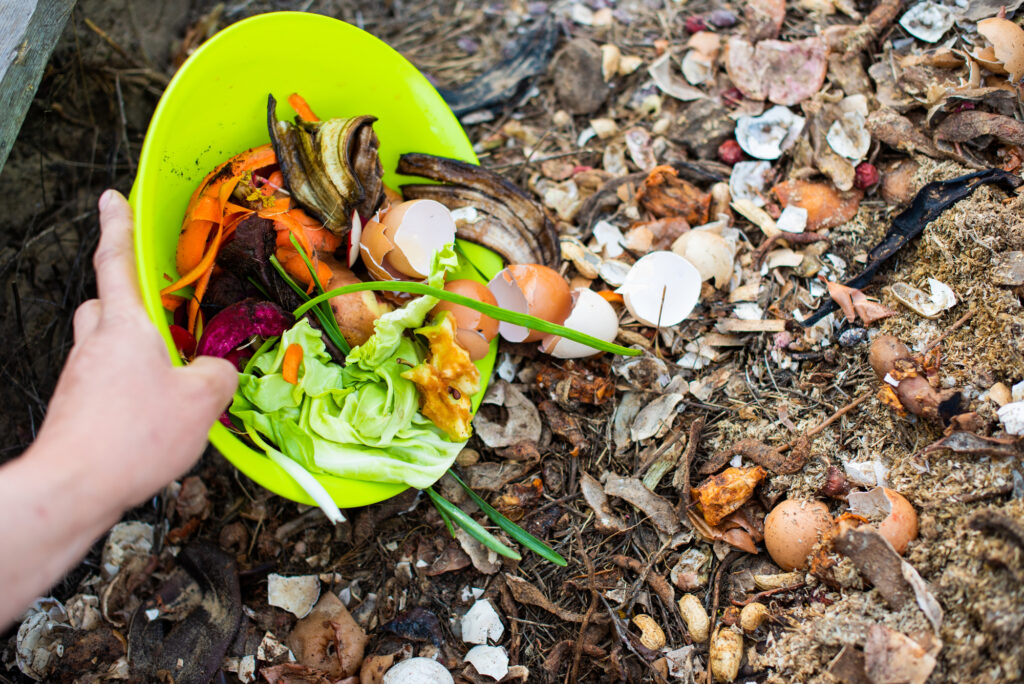
Eggshells can be added to compost anytime to boost the calcium and other nutrients in the discarded food and yard scraps you are collecting.
Once your compost is broken down, it can be incorporated into the soil in your garden and/or used as a fertilizer part-way through the gardening season.
When adding eggshells to compost, you can throw them in as cracked.
2. Use Eggshells When Planting
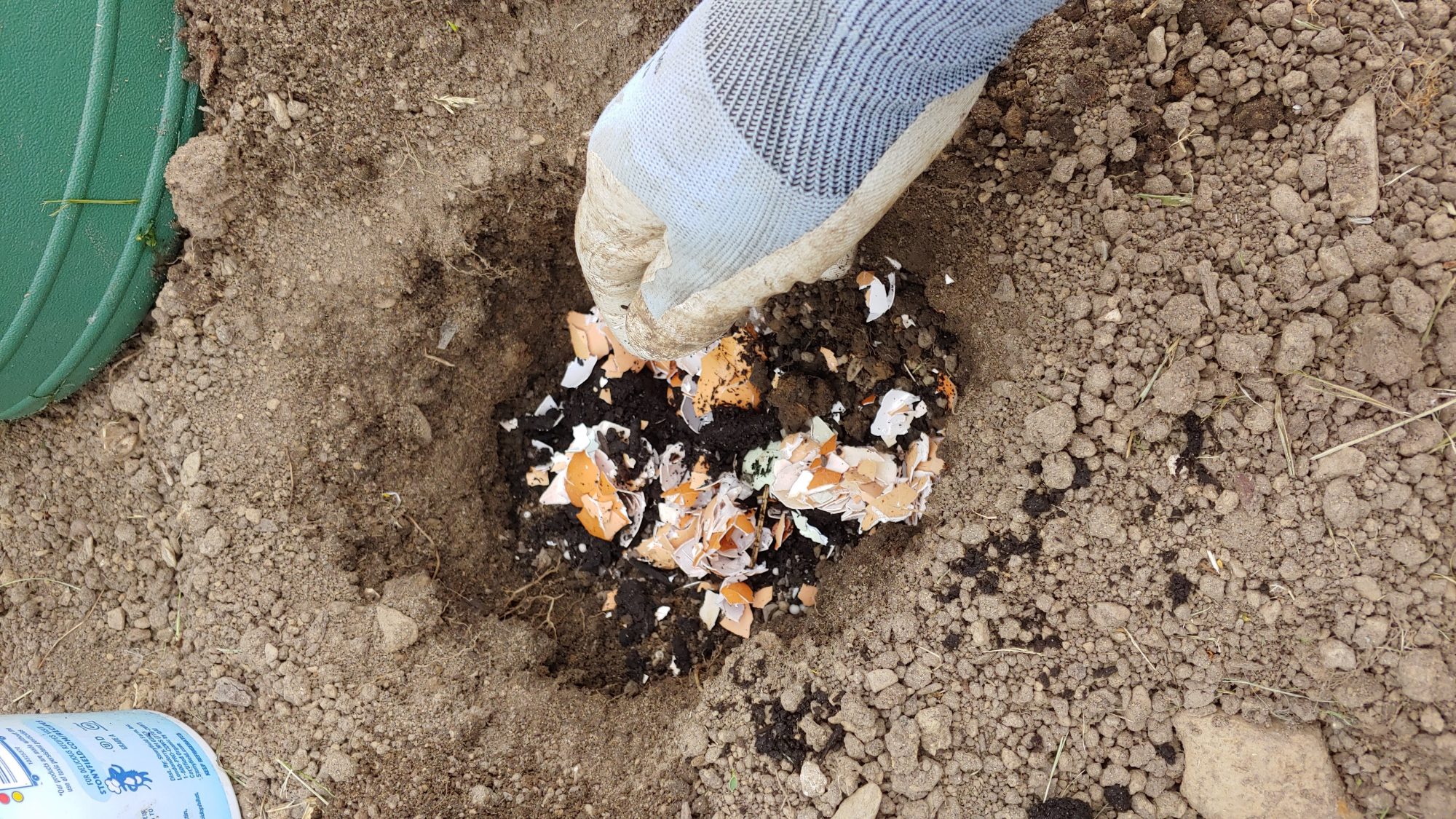
Place a small handful of crushed eggshells into the hole you dig when planting seedlings like tomatoes or eggplants.
Combined with compost and water, this method will give your baby plant the boost it needs to transition from pot to garden. (For a tutorial on transplanting tomatoes, click here).
3. Use Eggshells as a Side Dress
Side dressing with eggshells can help increase plants’ calcium levels. This also helps to create a physical barrier that pests will not want to cross. Side-dress your tomato plants just before they set fruit by sprinkling a layer of crushed eggshells over the topsoil.
Create a barrier about two inches wide in a circle just under your plant’s “drip line” (the width of the extended branches above). This will allow water to drop down from the plant and onto the soil, encouraging nutrients to find their way down into the soil.
4. Water with an “Eggshell Tea”:
Another way you can use eggshells is by making an eggshell tea to pour over the soil. This is ideal if you don’t want eggshells in your garden or want to add nutrients to potted plants.
Simply place your crushed eggshells into a pot or mixing bowl and pour hot water over them. Allow them to steep until the water has cooled to room temperature, then strain out the eggshells and use this water to water your seedlings or indoor plants.
Remember not to do this too often so that you do not over-fertilize. Once a week should be sufficient. This is more beneficial for vegetables than decorative plants, but it won’t hurt houseplants either.
Frequently Asked Questions
Which vegetables benefit from eggshells?
Plants that love calcium are the best matches for eggshell fertilization. Tomatoes, Peppers, and Eggplants with a steady supply of calcium will be less likely to suffer from blossom end-rot.
In addition, veggies that naturally contain calcium will also thrive with eggshells added to the soil. Broccoli, kale, swiss, chard, spinach, and cauliflower will all get a boost from calcium-rich soil.
What nutrients do eggshells add to the garden soil?
Eggshells are rich in calcium, magnesium, and sulfur. These nutrients are essential for plant growth. The high levels of calcium help to strengthen the cell walls of fruits and vegetables, making them less susceptible to pests and diseases. Tomatoes, in particular, benefit from calcium-rich soil, which can help prevent blossom end-rot.
Eggshells also contain several micronutrients, including iron, boron, and zinc. These minerals help plants to thrive. Iron is also an important nutrient in the fight against blossom end rot on tomatoes, and boron helps with cell division, resulting in strong roots.
Why are eggshells a good source of nutrients?
Eggshells are a great choice for your garden because they are slow-release fertilizers. They add nutrients to the soil that plants need. As they decompose, they will release these nutrients over time and help improve your soil’s structure.
As a result, eggshells are less likely to burn plants or give off too much of a nitrogen burst, which can damage plants by causing them to grow very rapidly only to be stunted when they run out of nutrients.
The pH level can be raised by adding eggshells, which benefit acid-loving plants like tomatoes.
Eggshells are also helpful because their crunchy texture creates a more porous soil with space between particles. This will make it easier for water, air, and nutrients to reach plant roots.
Do eggshells help with pest prevention in the garden?
Yes, the sharp edges of eggshells can prevent critters from reaching the stems of your plants when sprinkled a few inches out from the base of the vegetable.
How do you store eggshells?
If you plan to save and store your eggshells, here’s what you need to do. Start by saving eggshells in a sealed container in the refrigerator. Rinse them out so there is no inner egg white or yolk to get gross over time, then crush them to store.
You can crush the shells by hand or put them in a food processor to help them break down quickly and fit more into your container.
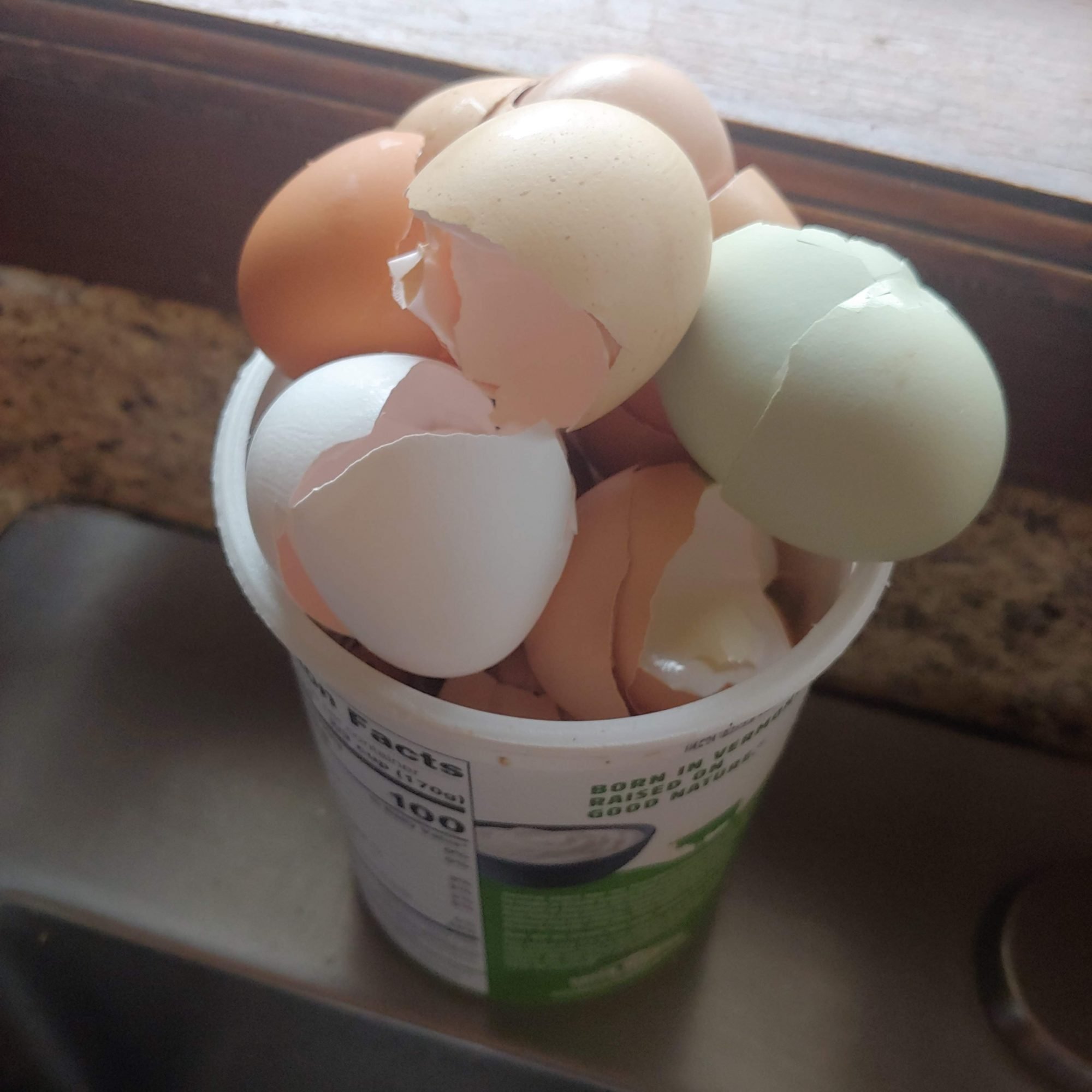
More Articles on Garden Soil Health
- How to Increase Nitrogen Levels in Your Soil: Natural Methods
- How to Test Your Garden Soil: A Comprehensive Guide
- How to use the Sheet Mulch Method to Create a Garden Bed
- No-Dig Gardening (Book Review)
So, if you want to add some extra nutrients to your garden, consider using eggshells. They are an affordable and easy way to give your plants a boost. And as a bonus, they will also help to improve the soil structure over time. Happy gardening!
Carrie Williams Howe is an educational leader by day and an aspiring homesteader by night and weekend. She lives on a small homestead in Vermont with her husband, two children, and a rambunctious border collie. She blogs about her family's homestead life at The Happy Hive.

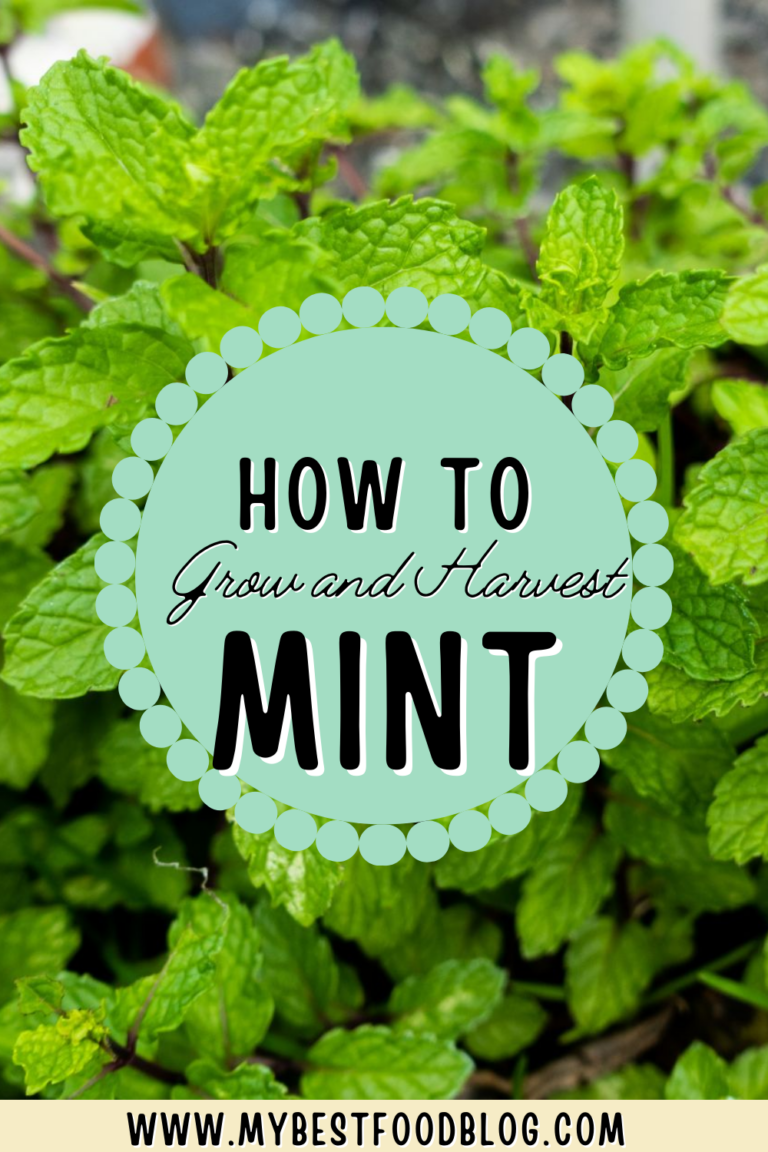
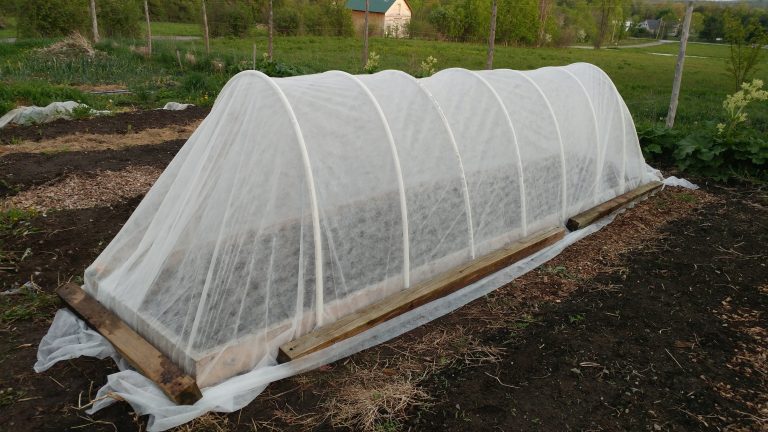
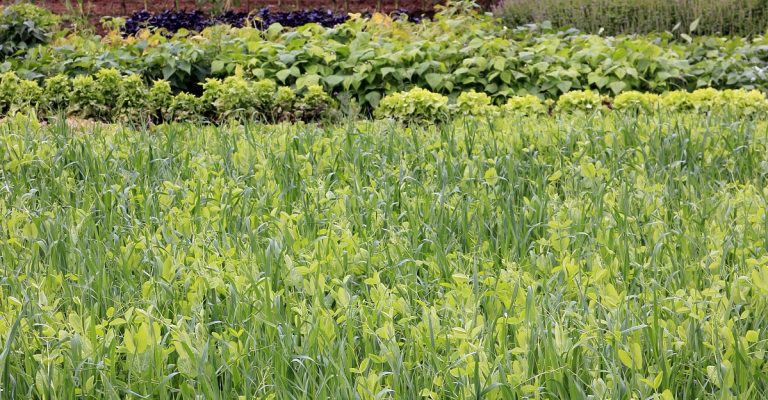
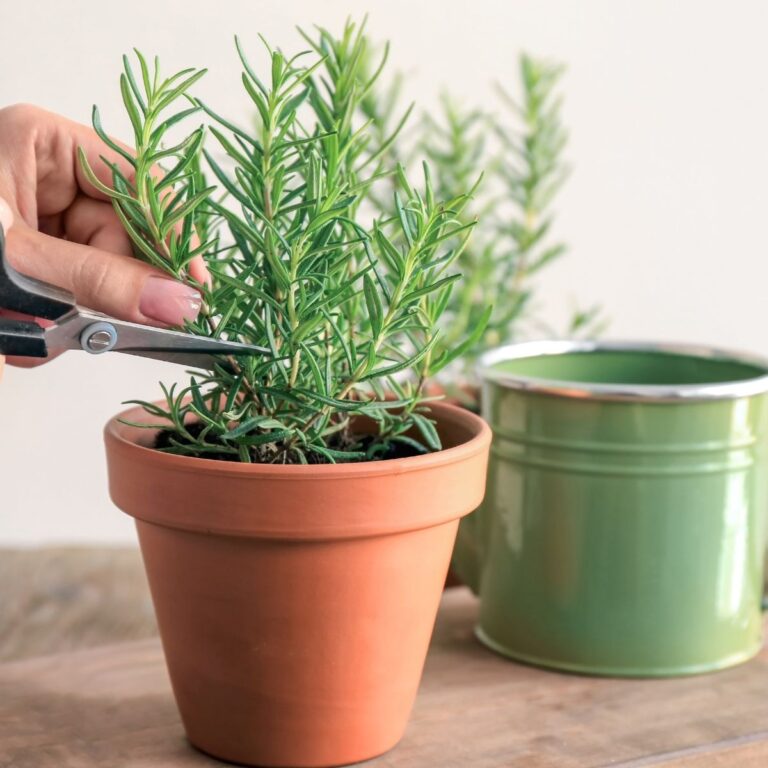
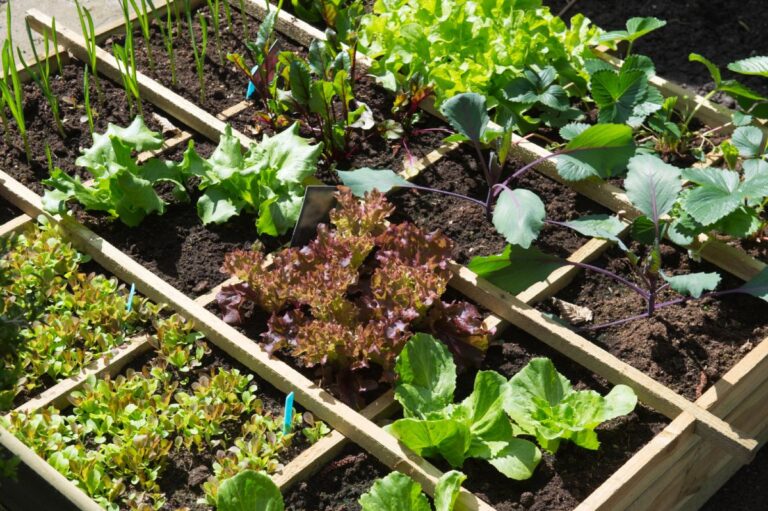
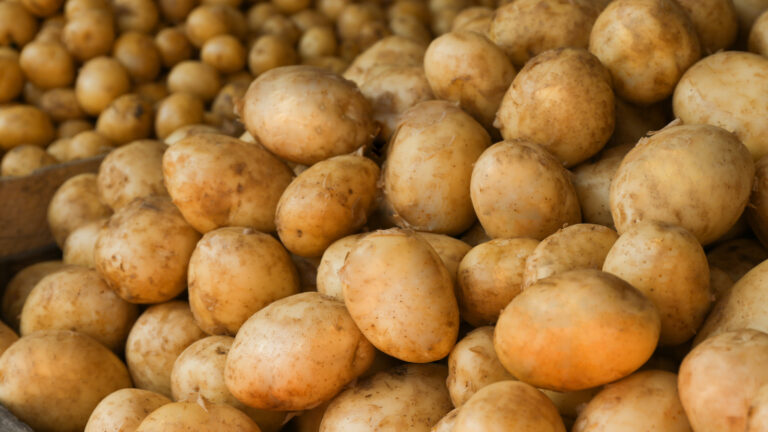
Thanks for the update. Been struggling with eggshells . Going to start using them !